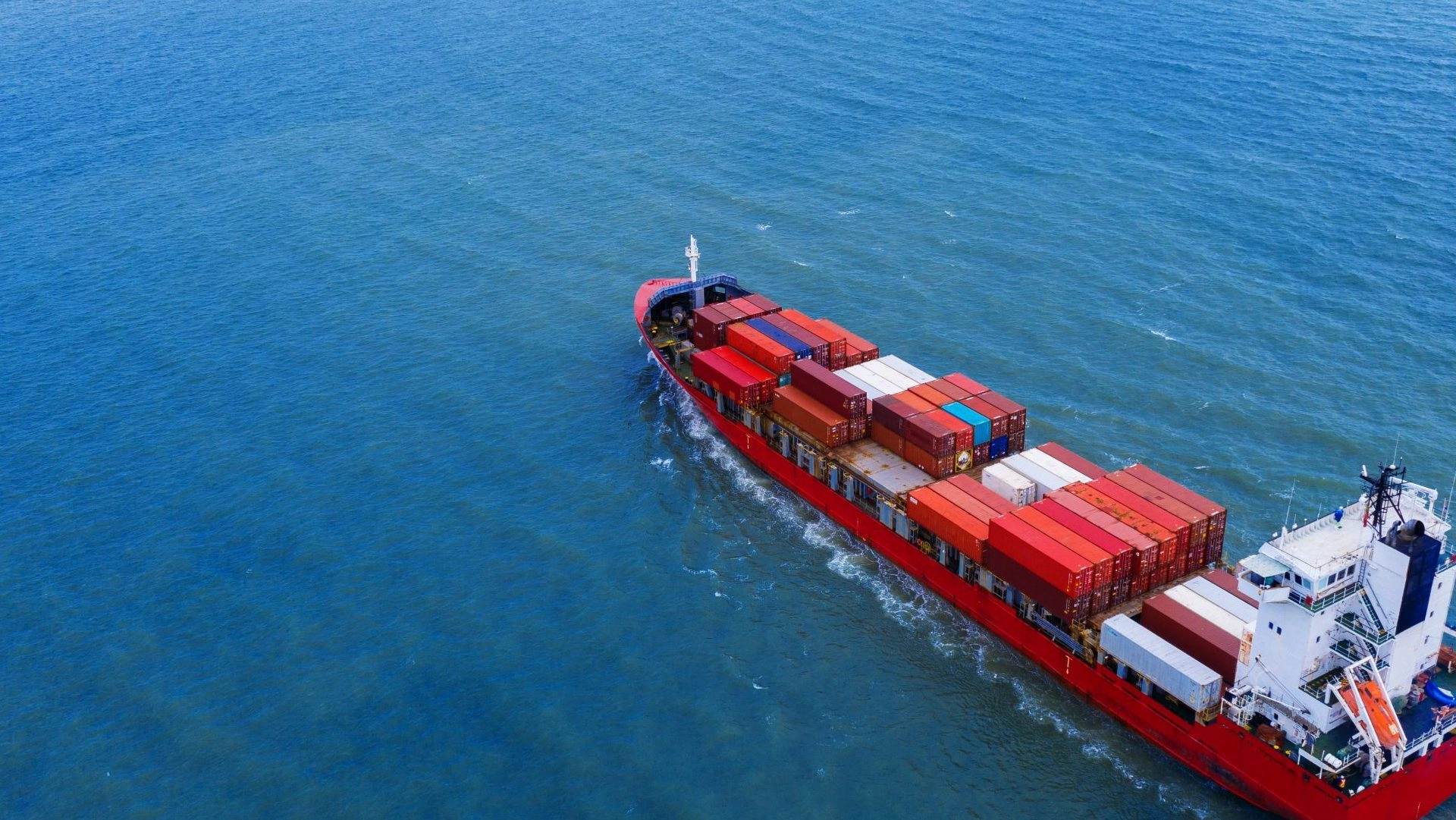The Bill of Lading (B/L) is a critical document in maritime transport, serving essential functions that are fundamental to the shipping process. The primary roles of the electronic Bill of Lading (e-B/L) are:
- Proof of Receipt: Certifies the correct delivery of goods onboard the vessel.
- Evidence of Contract: Serves as proof of the established transport agreement.
- Document of Title: Grants the holder legal rights over the goods in transit by providing a negotiable document.
Today, the Bill of Lading format has evolved due to technological advancements and modernized procedures, transitioning into a fully digital format.
Advantages of the Electronic Bill of Lading (e-B/L)
While the benefits of the digital B/L are numerous, here’s a simplified breakdown:
✔ Faster Processes:
- Eliminates delays associated with printing, registration, and physical delivery of paper documents.
✔ Enhanced Transparency & Security:
- Accessible anytime for verification, containing key data (company details, purchase orders, reference numbers).
- Reduces risks of theft, loss, or misplacement since records are digitally stored.
✔ Eco-Friendly Format:
- Aligns with sustainable practices by eliminating paper waste.
✔ Instant Information Access:
- Digitalization ensures immediate availability and easy retrieval of documents.
✔ Cost Savings:
- Cuts operational and administrative expenses significantly through streamlined logistics.
